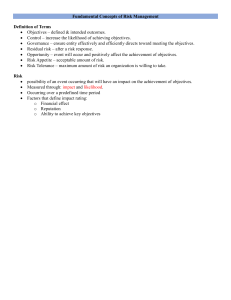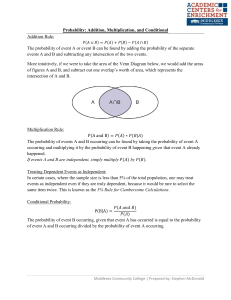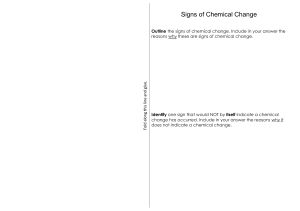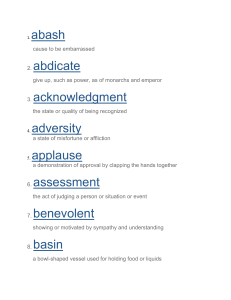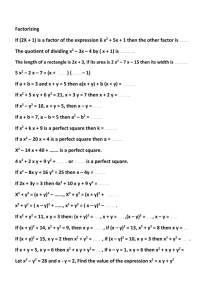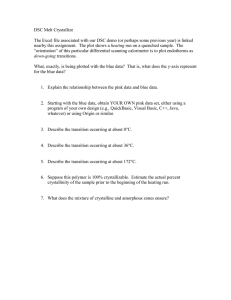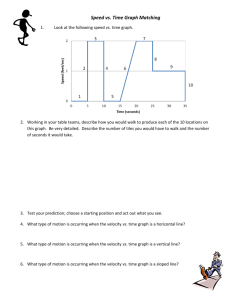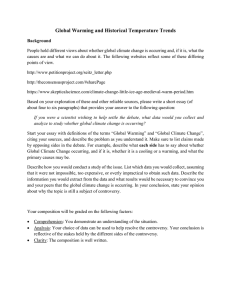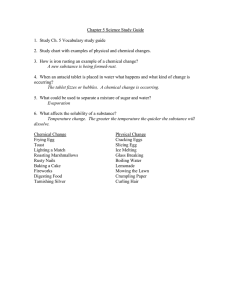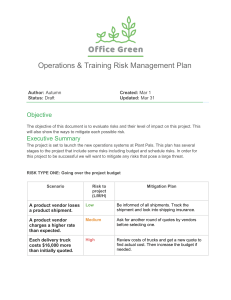Multiplication Principle of Probability
advertisement
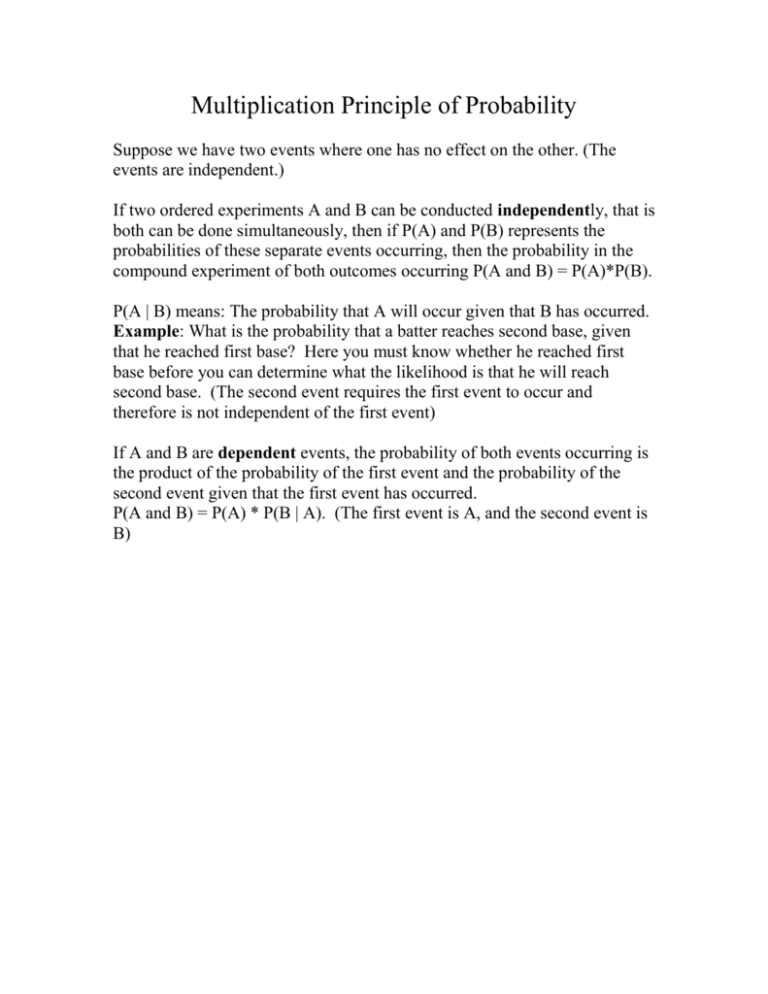
Multiplication Principle of Probability Suppose we have two events where one has no effect on the other. (The events are independent.) If two ordered experiments A and B can be conducted independently, that is both can be done simultaneously, then if P(A) and P(B) represents the probabilities of these separate events occurring, then the probability in the compound experiment of both outcomes occurring P(A and B) = P(A)*P(B). P(A | B) means: The probability that A will occur given that B has occurred. Example: What is the probability that a batter reaches second base, given that he reached first base? Here you must know whether he reached first base before you can determine what the likelihood is that he will reach second base. (The second event requires the first event to occur and therefore is not independent of the first event) If A and B are dependent events, the probability of both events occurring is the product of the probability of the first event and the probability of the second event given that the first event has occurred. P(A and B) = P(A) * P(B | A). (The first event is A, and the second event is B)
